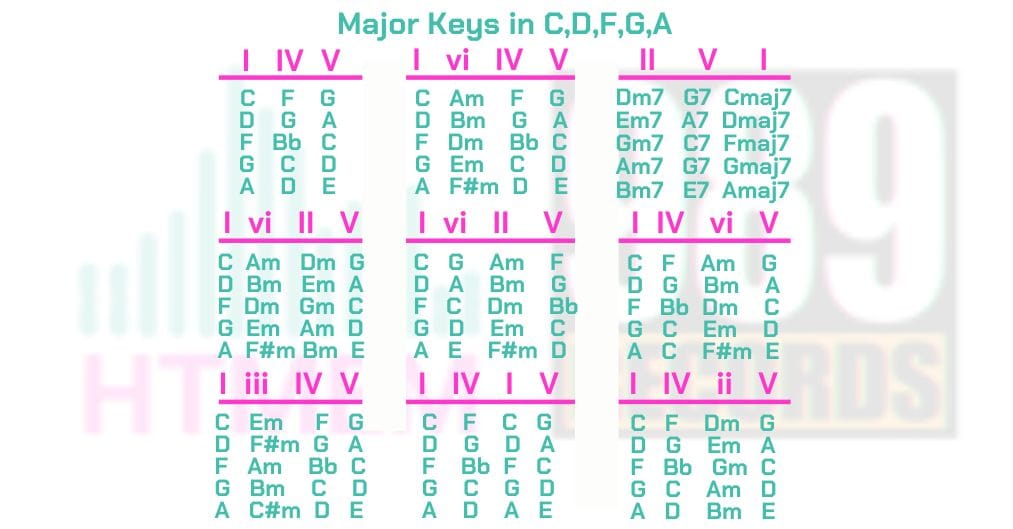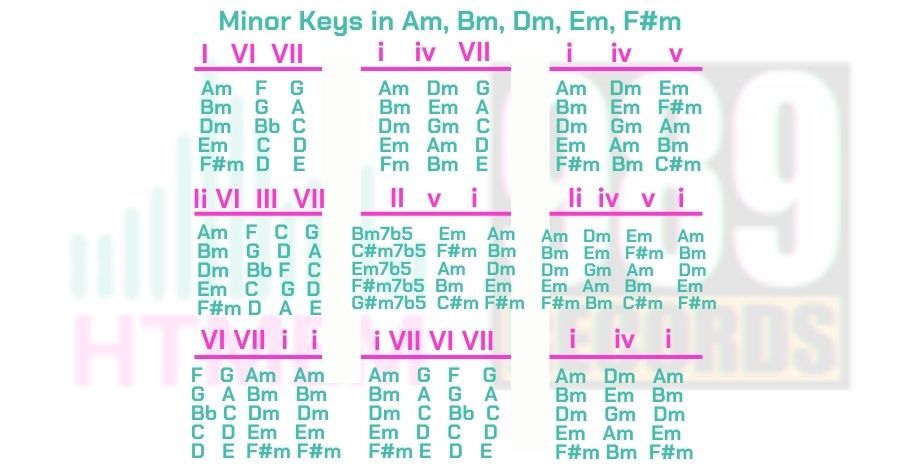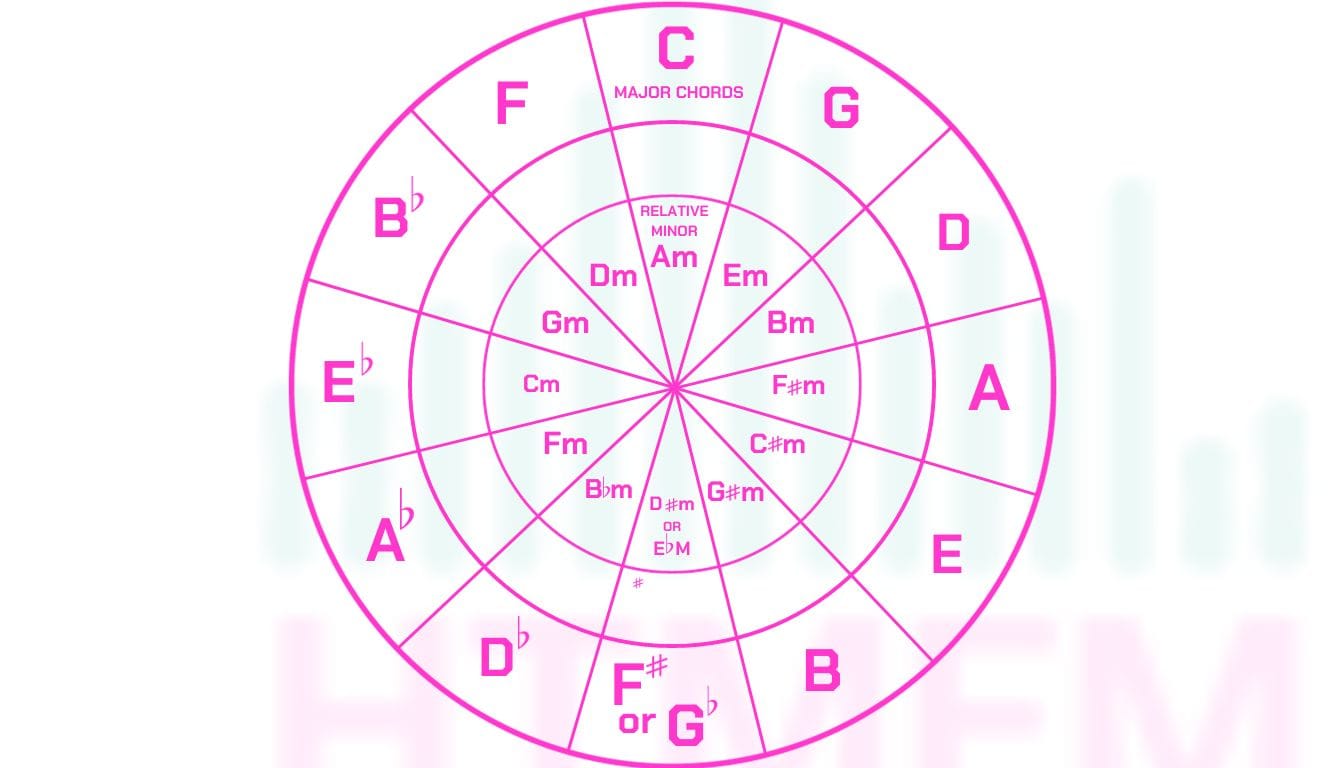Table of Contents
Benefits of Utilizing Chord Progressions Charts
What is a Chord?

What Are Chord Progressions?
Chord Fundamentals: the Key and the Scale

Creating a Chord From a Key

How to Read a Chord Progression Charts
Determine the Key

Major or Minor Chords?
Discover the Notes within the Scale
Why Are We Using CMaj and Amin?


How to Find Accidentals



Common Chord Progressions
Major Chord Progressions

Minor Chord Progressions

Note About the Circle of Fifths

Conclusions
About the Author
Max Porcelli
Steinberg Certified Trainer, DJ, and Producer with 29 years of experience. He owns 989 Records, an Electronic Music Label based in Italy. Every Saturday he hosts an exciting Radio Show called 989 Records Radio Show on air on Patchouli Deep Radio, London.
Write your awesome label here.










